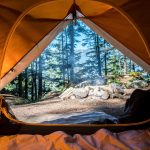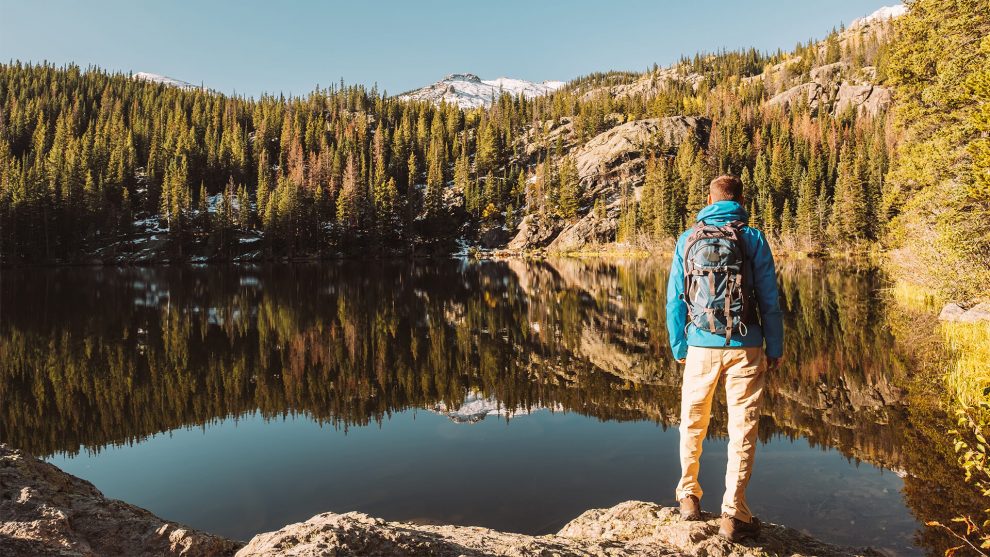Camping is an exciting and popular outdoor activity that allows individuals to connect with nature, disconnect from the hustle and bustle of daily life, and spend quality time with family and friends. Camping adventures offer a unique opportunity to experience the great outdoors, enjoy physical activities, and relax in a peaceful environment. In this essay, we will explore the world of camping and provide a comprehensive guide to help you plan and enjoy your next camping adventure.
Section 1: Preparation is Key
Before embarking on a camping adventure, it is essential to prepare well to ensure a safe and enjoyable experience. Here are some key aspects to consider:
1.1. Choose a Campsite
The first step in planning a camping adventure is to choose a suitable campsite. There are various types of campsites, including public campsites, private campsites, and backcountry campsites. Public campsites are usually well-maintained and equipped with amenities such as restrooms, showers, and picnic tables. Private campsites offer more luxurious facilities, such as swimming pools, playgrounds, and recreational activities. Backcountry campsites are for the more adventurous and offer a chance to camp in seclusion, away from the crowds.
1.2. Packing Essentials
Packing the right gear is critical for a comfortable camping experience. Some essentials to include in your camping checklist are:
* Tent
* Sleeping bag
* Sleeping pad
* Camping stove
* Cooking gear
* Flashlights/headlamps
* Extra batteries
* First aid kit
* Toiletries
* Clothing and layers for varying weather conditions
* Rain gear
* Map and compass
* Sun protection (sunscreen, sunglasses, hat)
* Bug repellent
* Fire starters (matches, lighter, kindling)
1.3. Planning Meals
Food is an essential part of any camping adventure. It is important to plan meals that are easy to prepare, nutritious, and appealing. Some camping-friendly meal ideas include:
* Grilled meats (hot dogs, burgers, steak)
* Campfire skillet meals (scrambled eggs, hash browns, bacon)
* Camping stove meals (pasta, soup, chili)
* Sandwiches and wraps
* Trail mix and energy bars
* S’mores and other campfire treats
Section 2: Camping Activities
Camping is not just about setting up a tent and cooking meals. There are plenty of activities to enjoy in the great outdoors. Here are some popular camping activities:
2.1. Hiking and Exploring
Hiking and exploring are excellent ways to experience the natural beauty of the campsite. Many campsites offer well-marked trails that cater to different skill levels and interests. Hiking allows you to discover hidden gems, such as scenic lookout points, waterfalls, and wildlife habitats.
2.2. Fishing
Fishing is a popular camping activity that offers a chance to catch your dinner. Many campsites are located near lakes, rivers, or streams, providing ample opportunities for fishing. It is important to check the local fishing regulations and obtain any necessary permits before casting your line.
2.3. Swimming and Water Activities
Swimming and water activities are great ways to cool off and have fun in the sun. Many campsites offer swimming areas, kayaking, canoeing, and paddleboarding. It is important to check the water conditions and follow safety guidelines to ensure a safe and enjoyable experience.
2.4. Campfire Fun
Campfires are an integral part of camping. They provide a chance to roast marshmallows, tell stories, and sing songs. Many campsites offer designated campfire rings, and it is important to follow fire safety guidelines to prevent forest fires.
Section 3: Safety and Etiquette
Camping is a fun and rewarding experience, but it is important to prioritize safety and follow camping etiquette. Here are some safety tips and guidelines to follow:
3.1. Check the Weather
Checking the weather forecast is crucial before embarking on a camping adventure. It helps to prepare for varying weather conditions and pack accordingly. It is also important to be aware of any potential natural hazards, such as floods, storms, or wildfires.
3.2. Respect the Environment
It is important to respect the environment and leave no trace. This means following the principles of Leave No Trace, which include:
* Plan ahead and prepare
* Travel and camp on durable surfaces
* Dispose of waste properly
* Leave what you find
* Minimize campfire impacts
* Respect wildlife and other visitors
3.3. Wildlife Safety
When camping in bear country, it is important to take necessary precautions to prevent encounters with wildlife. This includes:
* Storing food and scented items in airtight containers
* Hanging food and scented items from a tree at least 10 feet off the ground and 4 feet out from the trunk
* Keeping a clean campsite
* Avoiding cooking or storing food in the tent
* Being aware of your surroundings and making noise while hiking to avoid surprising bears
Camping adventures offer a unique opportunity to connect with nature, spend quality time with loved ones, and create lifelong memories. By following the guidelines outlined in this essay, you can ensure a safe and enjoyable camping experience. Remember to choose a suitable campsite, pack the essentials, plan meals, and enjoy the many activities that camping has to offer. Prioritize safety and follow camping etiquette to minimize your impact on the environment and respect wildlife. Happy camping!















Add Comment